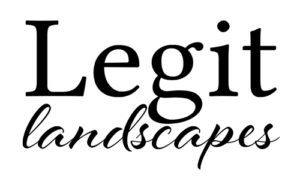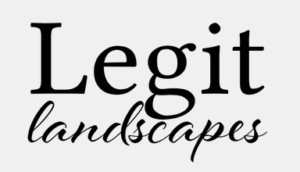2024 landscaping trends focus on creating various designated outdoor spaces that serve a purpose and allow homeowners to experience the beauty of nature. The goal of these trends is to create areas that cater to functionality, self-sustainability, relaxation, and sensory engagement.
As you plan your landscaping, consider how these trends, compiled by Legit Landscapes, might inspire the designs and layout of your outdoor spaces.
Edible Gardens
The interest in self-sustainability is very popular and various ways of growing vegetables and fruits are being incorporated into landscaping. These edible gardens range from compact container gardens to sprawling vegetable plots.
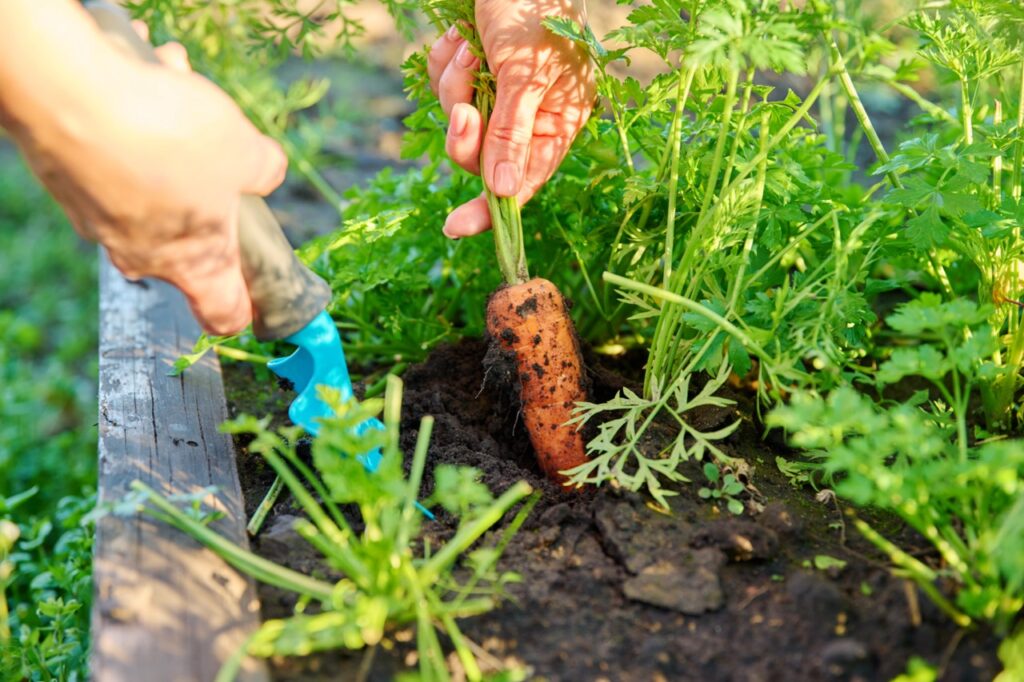
Carrots Planted in Landscaping

Kale Planted in Landscaping
Vertical Gardens and Living Wall Landscaping Trends
In the past, vertical gardens were popular with people living in urban environments or smaller homes with limited outdoor space. This has changed and vertical gardens are becoming popular even for large homes with plenty of outdoor space. Walls filled with colorful flowers and plants can now be found in a variety of places. The verticality adds a unique dimension and allows even those with limited space to plant beautiful flowers, herbs, and a variety of vegetables and fruits.
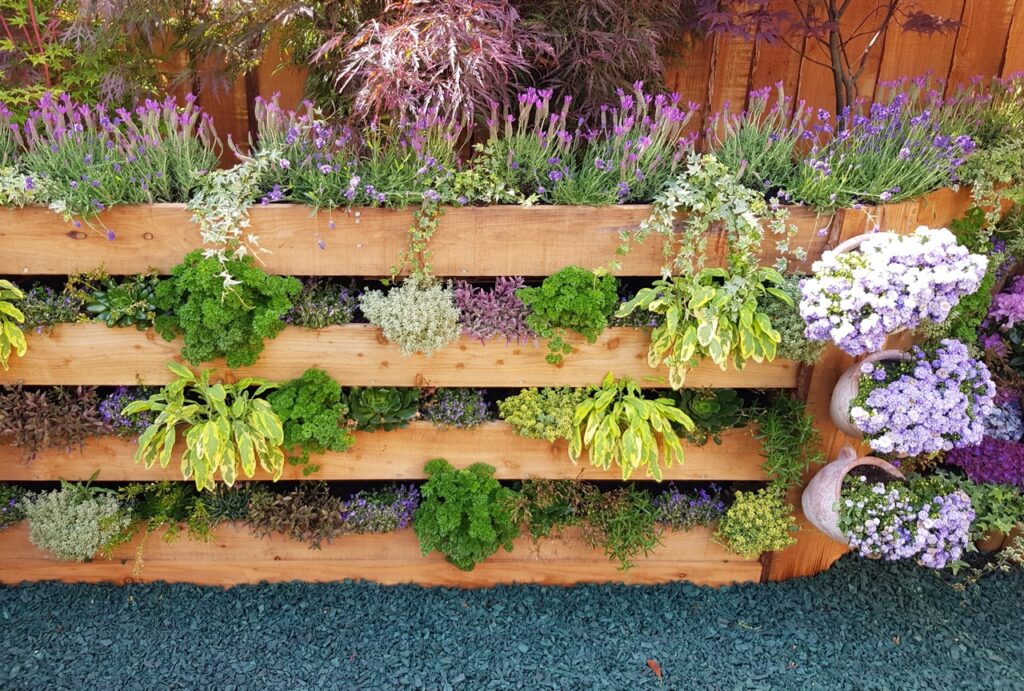
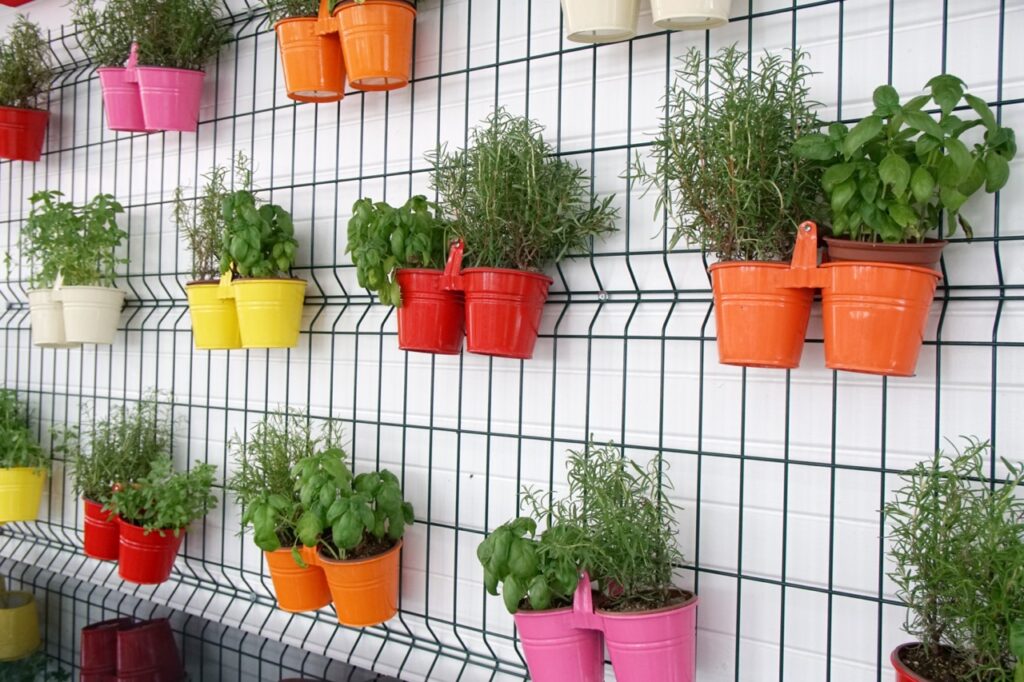

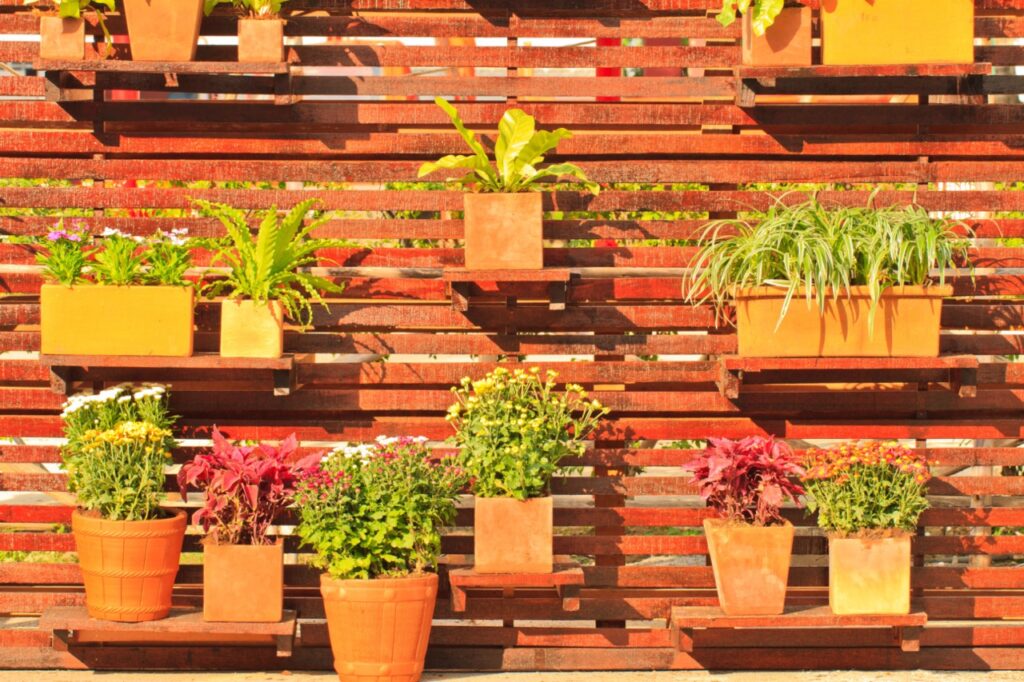
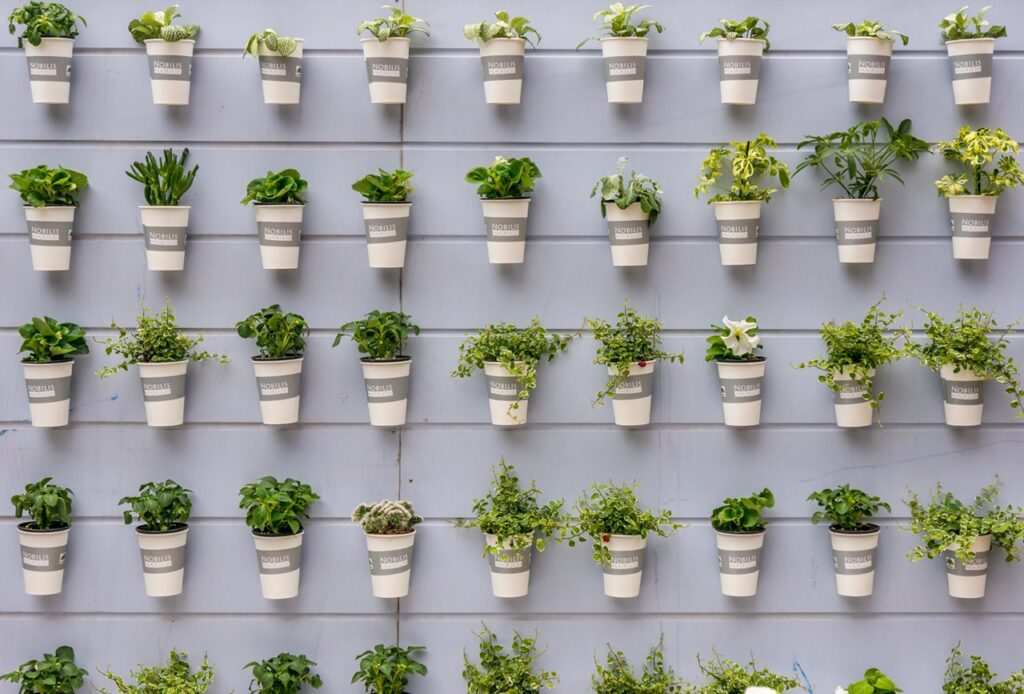

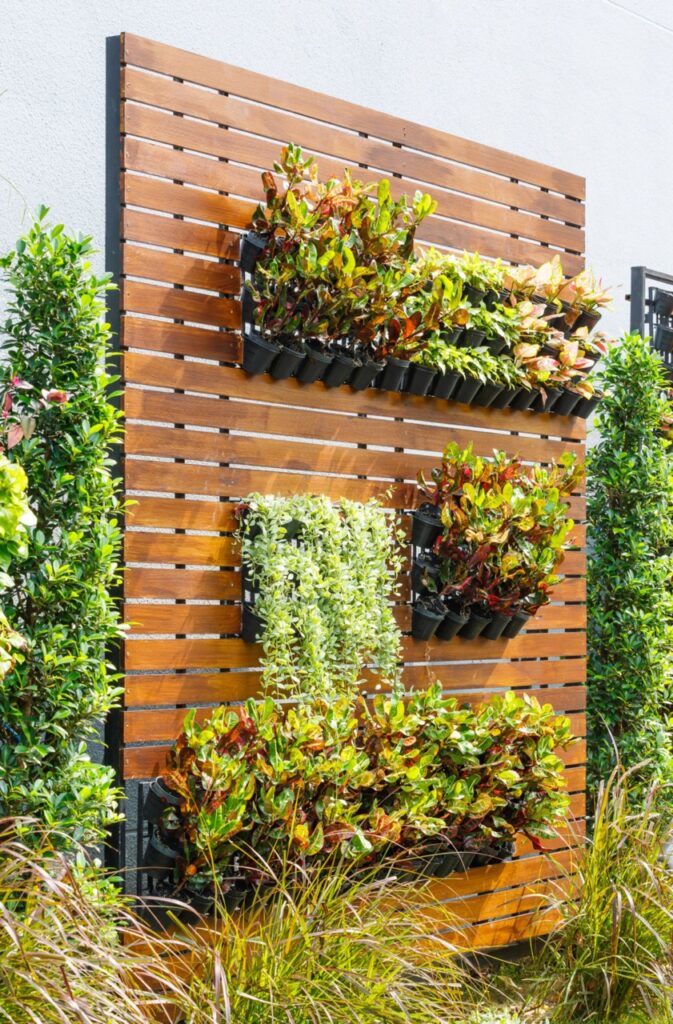
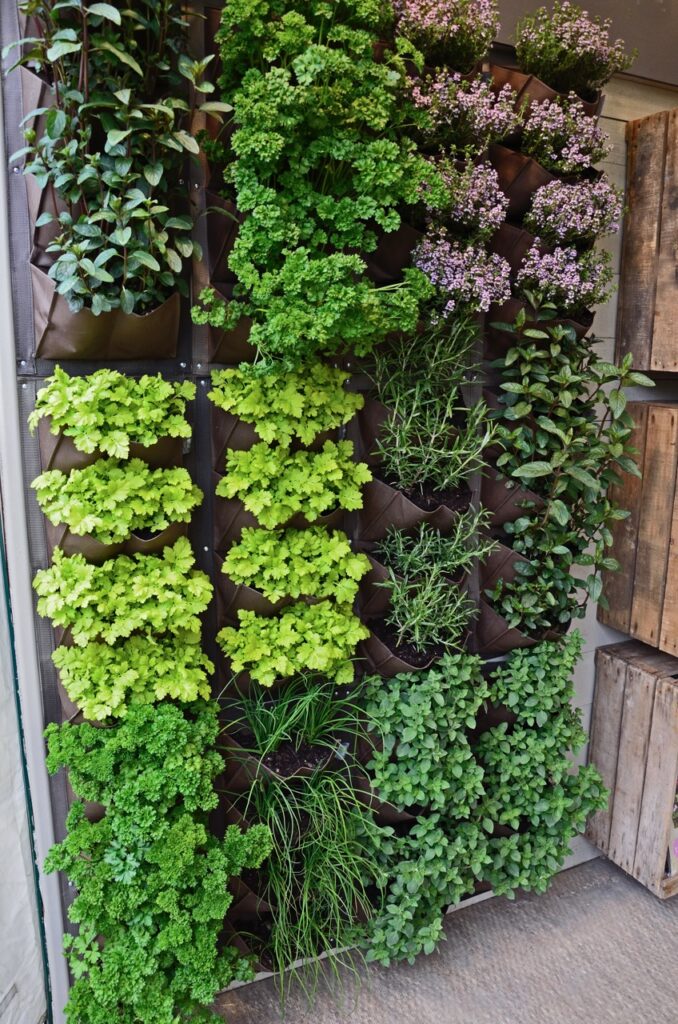
Themed Garden Patches Landscaping Trends
Instead of the typical garden, this landscaping trend leans toward themed patches. This could be a tea garden with plants like chamomile and mint. These themes give gardens a purpose, making them even more engaging.
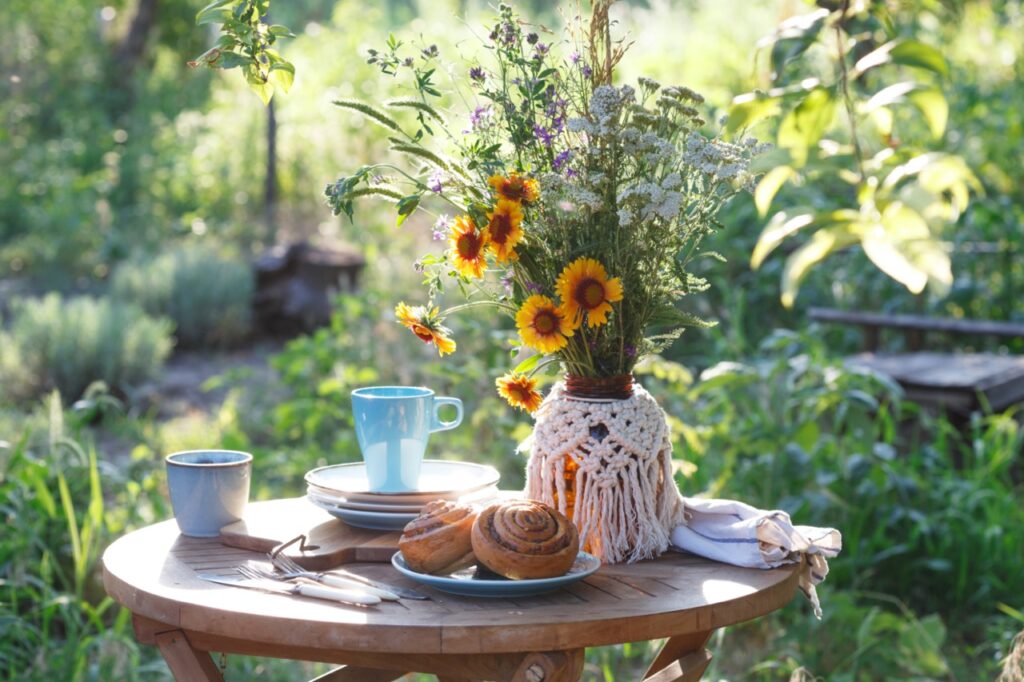
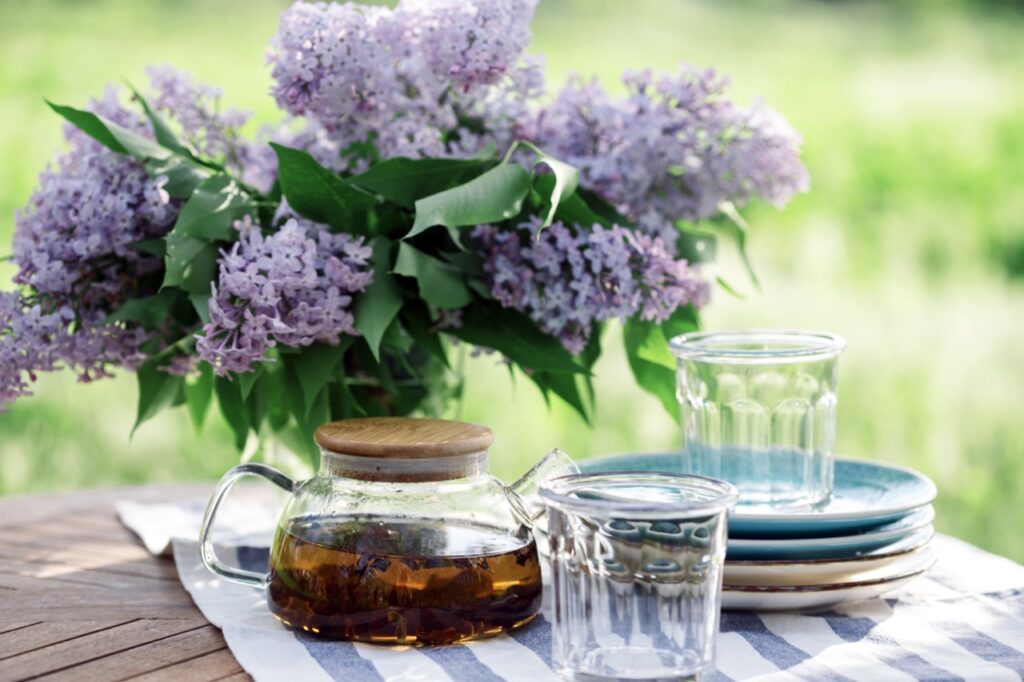
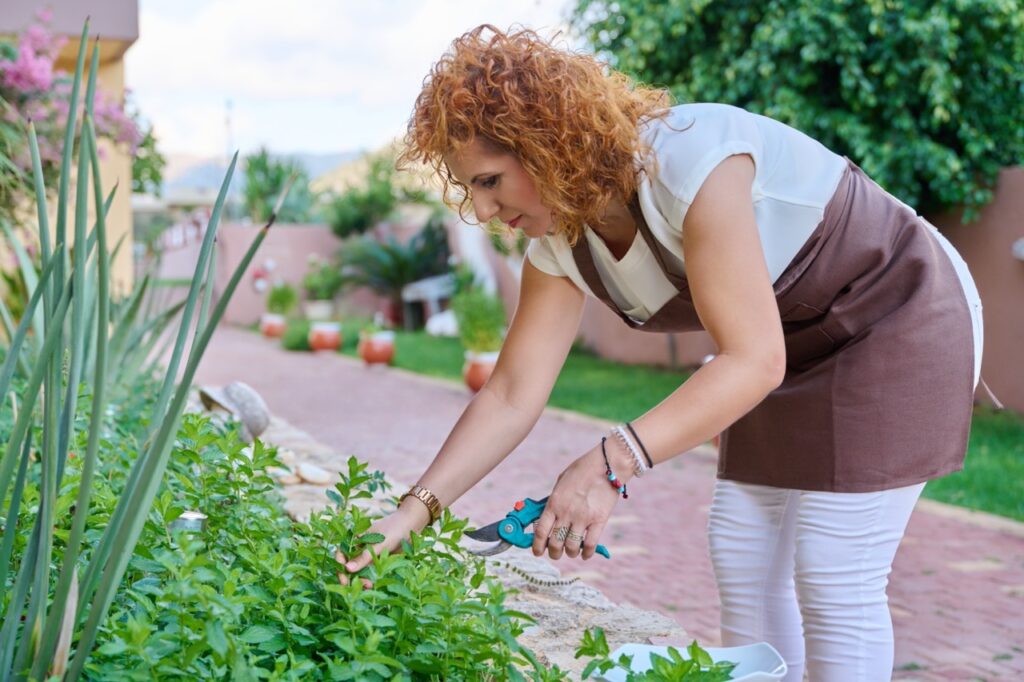
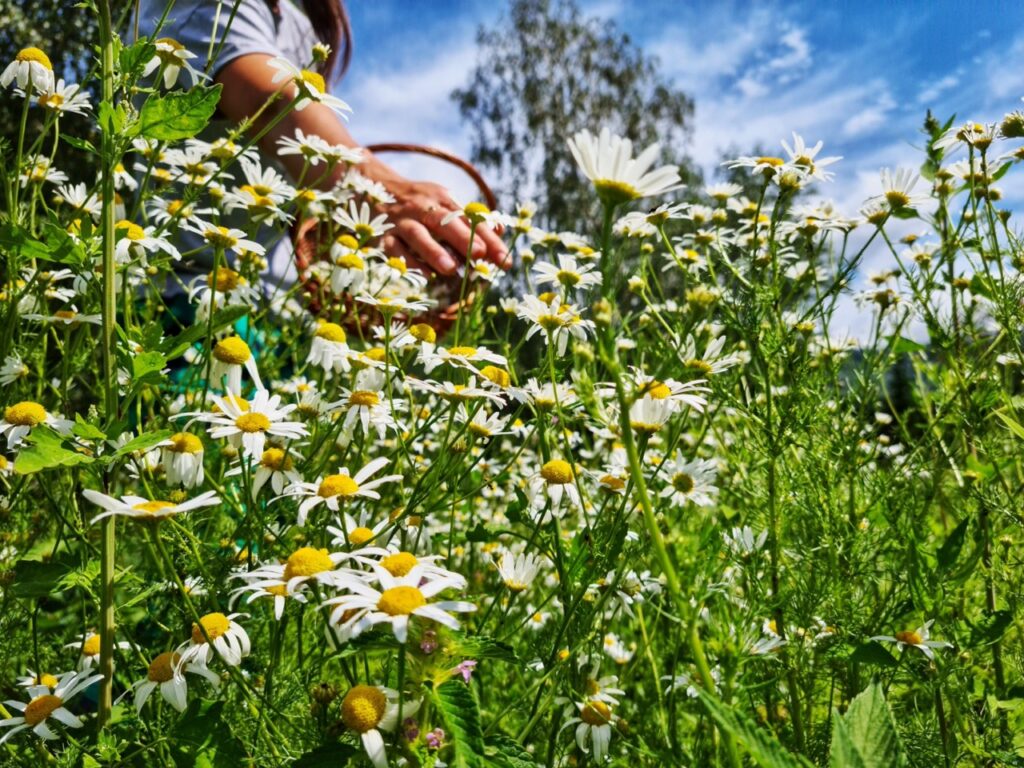
Interactive Garden Spaces Landscaping Trends
As families spend more time at home, landscaping is evolving to include interactive learning and activity spaces. Sensory gardens, which are designed to engage all five senses, are gaining in popularity. Aromatic herbs like rosemary and sage are used for scent. Various ornamental grasses and lamb’s ear are used for touch. Bright flowers are used for sight. Water features are used for sound and fruits like strawberries and blueberries are planted for taste. These gardens offer a therapeutic and educational space for adults and children.

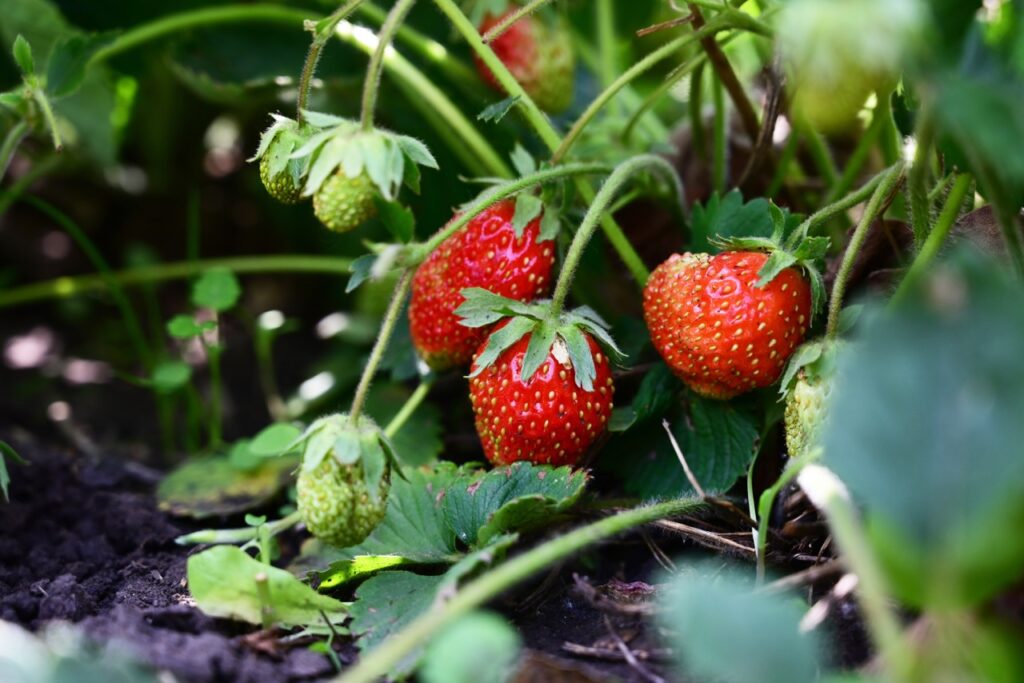

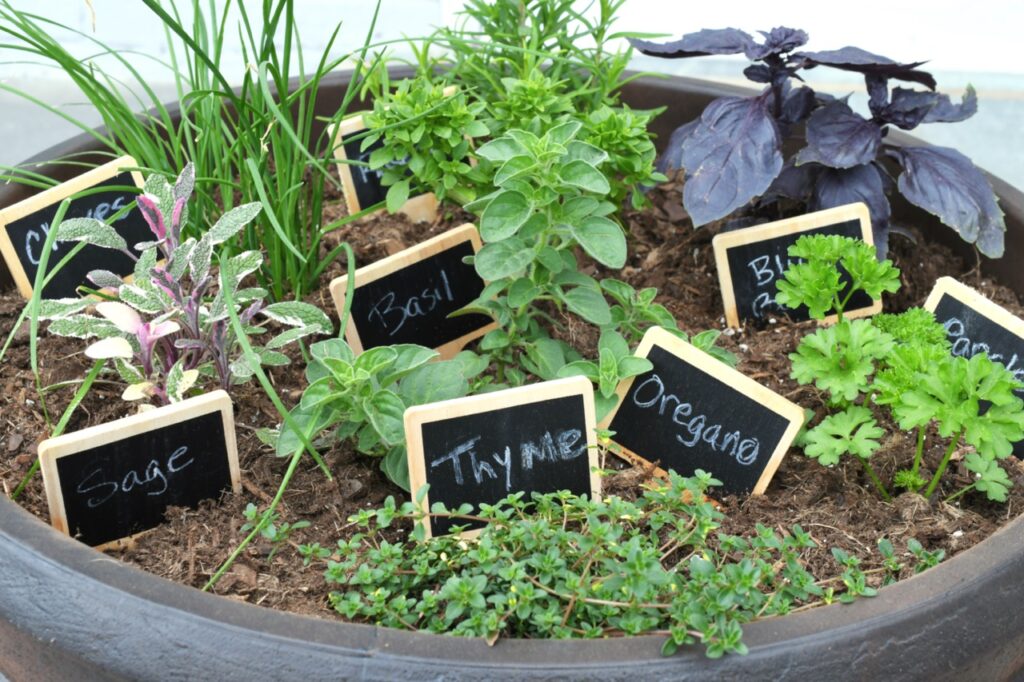
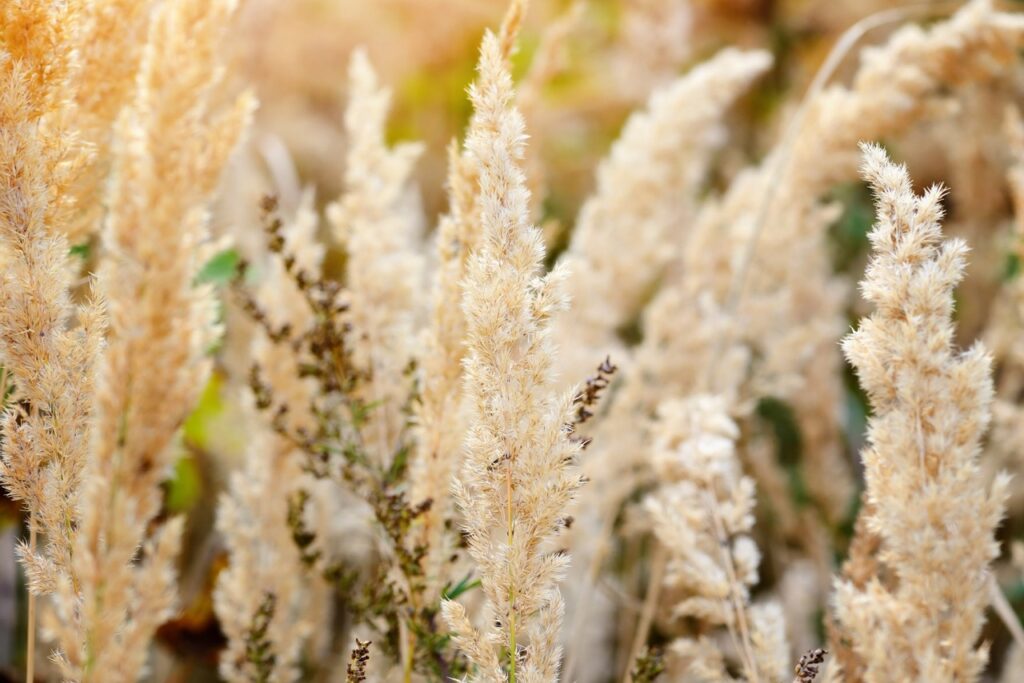

Bringing Water into Your Landscaping
Incorporating water features into landscapes is another trend. Water features can add tranquility and beauty to outdoor spaces, whether they are fountains, ponds, streams, or waterfalls. Water features can also help cool down the temperature in hot weather, create soothing sounds, and attract wildlife.
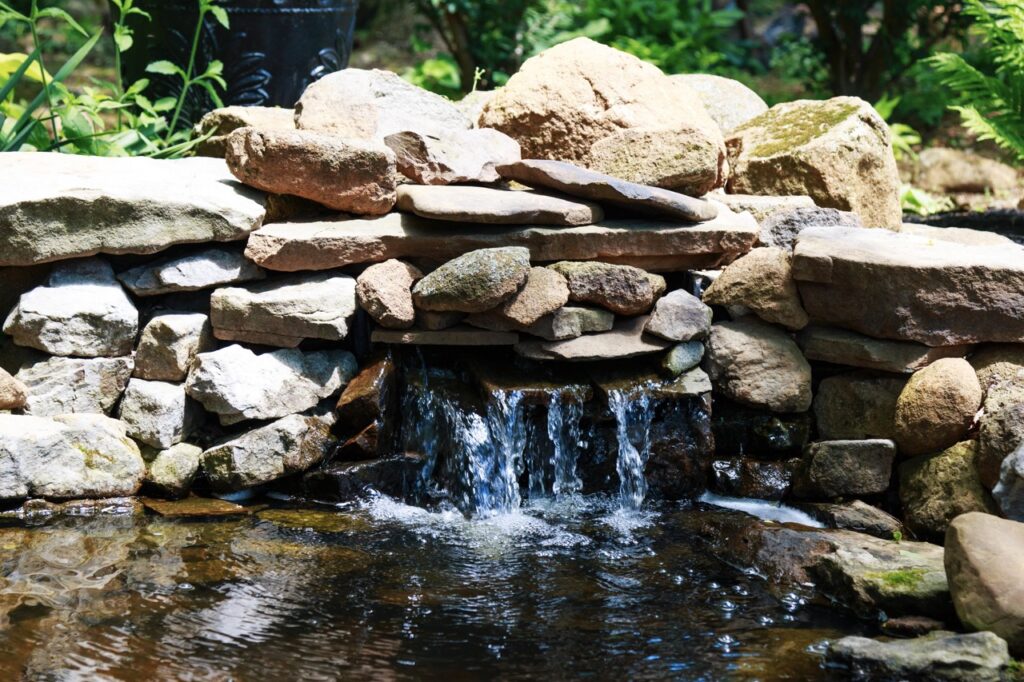
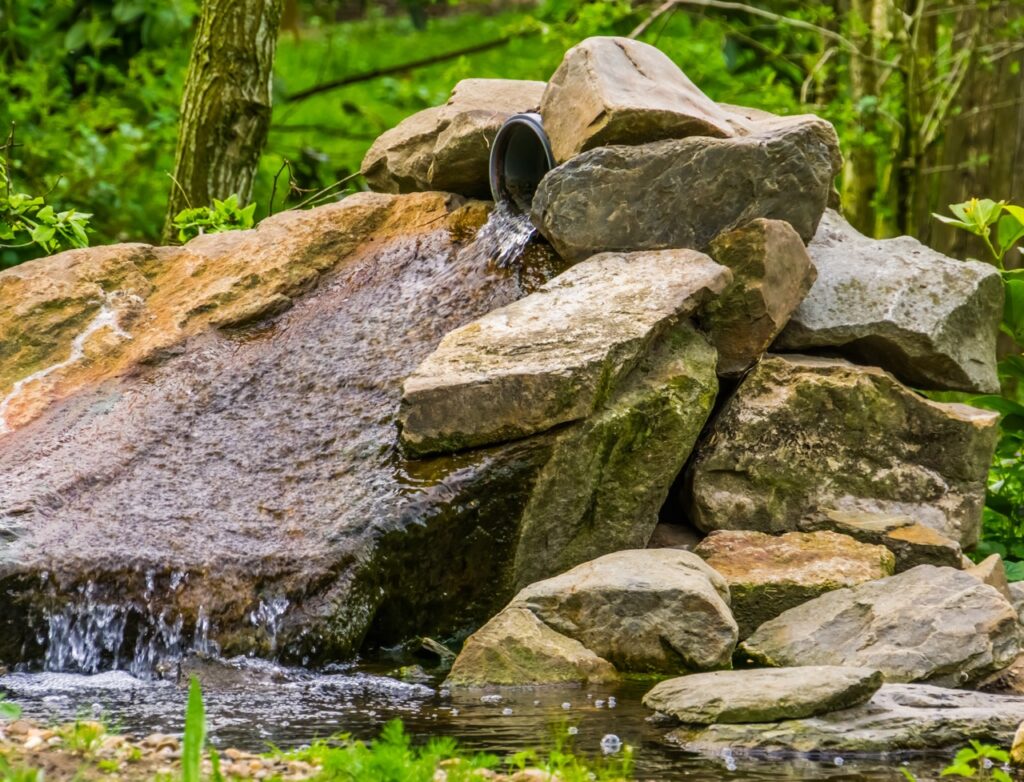
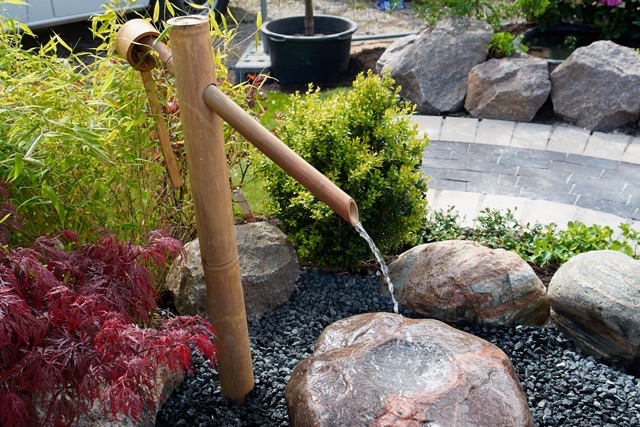

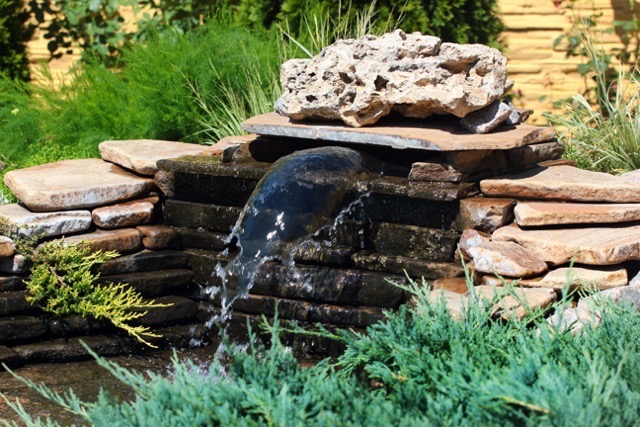
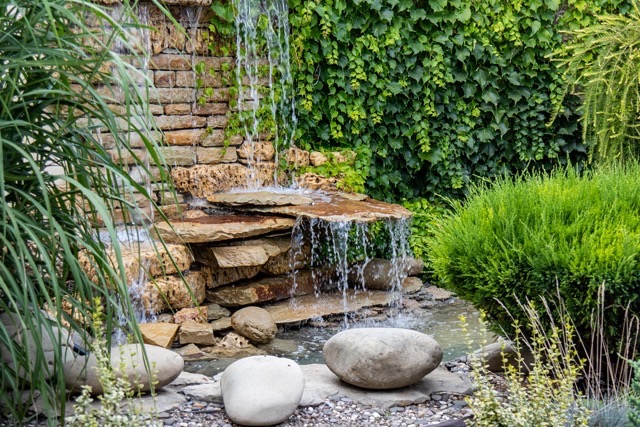
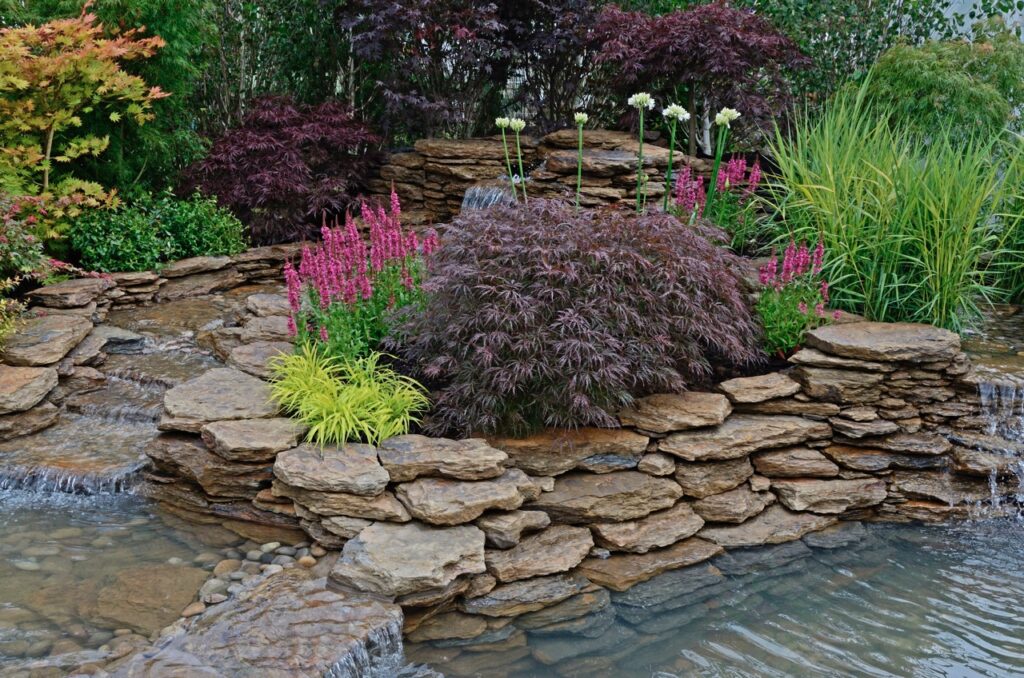
Flowers That Attract Butterflies and Hummingbirds
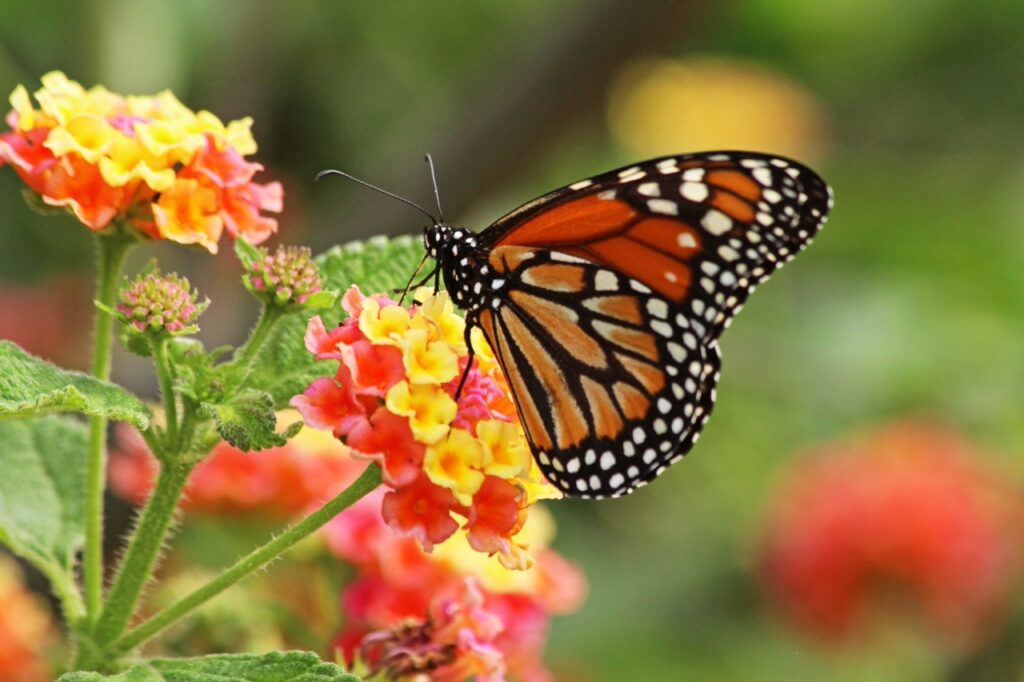
Butterfly On Lantana
Planting native flowers that attract pollinators like butterflies, hummingbirds, and bees in various outdoor spaces is gaining in popularity is a way to support the environment. You can also provide shelter and food sources for birds, rabbits, and other animals.
How To Attract Butterflies to Your Outdoor Spaces
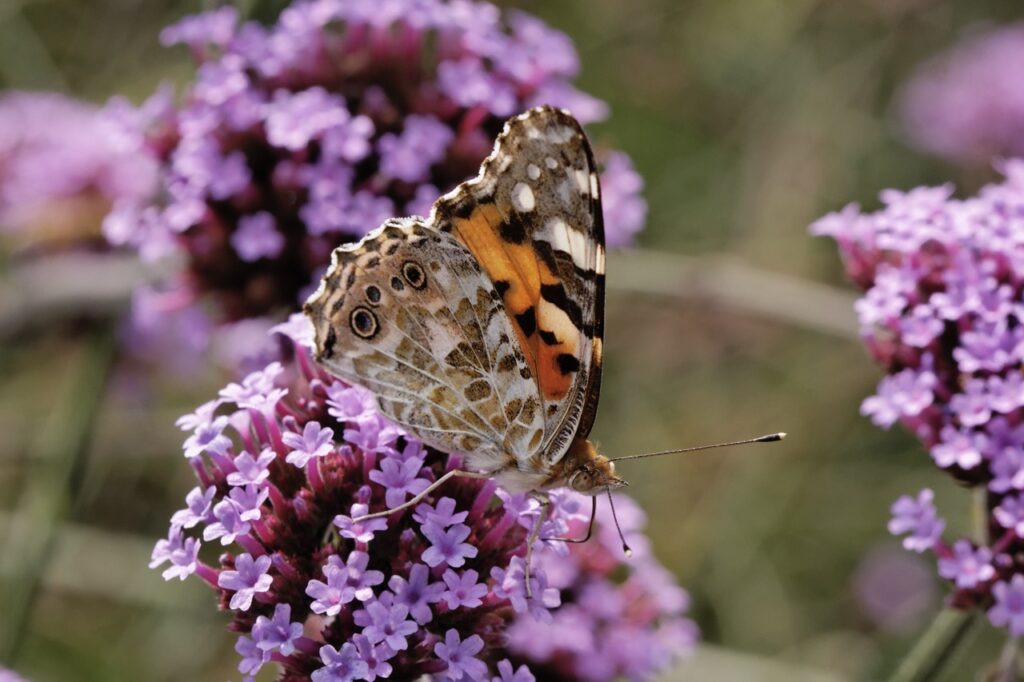
Butterfly On Verbena
If you want to attract butterflies to your North Texas landscaping, you need to plant nectar and host plants. Nectar plants are the ones that adult butterflies feed on, and host plants are the ones that they lay their eggs on and that caterpillars eat. Some of the best nectar plants for North Texas are salvia, lantana, phlox, milkweed, and verbena. Some of the best host plants are milkweed, passionvine, pipevine, dill, and parsley. By planting a variety of these plants, you can enjoy the beauty and diversity of butterflies in your yard.
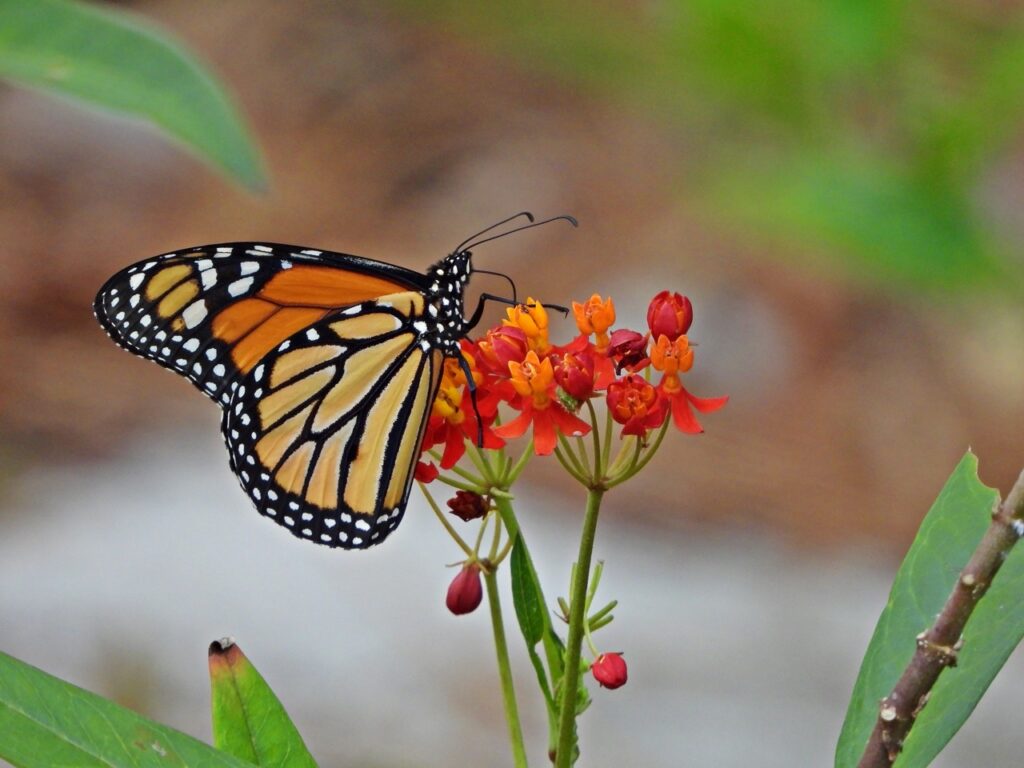
Butterfly On Milkweed

Caterpillar On Butterflyweed
How To Attract Hummingbirds to Your Landscaping
If you want to attract hummingbirds to your outdoor spaces in North Texas, you need to plant flowers that can survive the heat and provide nectar-rich blooms. Some of the best plants for hummingbirds in this region are coral honeysuckle, trumpet creeper, Turk’s cap, cigar plant, flame acanthus, and hamelia. These plants have bright, conical flowers that hummingbirds love, and they bloom at different times from March to November, ensuring a continuous supply of food for these tiny birds.
Defined Outdoor Spaces Landscaping Trend
Creating defined outdoor spaces is a trend that focuses on having areas in your landscaping that have different purposes.
Some examples include:
- A dining area with a table and chairs, where you can enjoy meals with your family or friends.
- A relaxing area with a hammock and cushions where you can read a book, listen to music, or take a nap.
- A play area with a swing and a sandbox where your kids or pets can have fun and exercise.
- A gardening area with pots and tools, where you can grow your own plants, herbs, or flowers.
Defined outdoor spaces can help you make the most of your outdoor spaces, as well as create a sense of order and harmony. They can also reflect your personality and style and make your outdoor settings more inviting and comfortable.
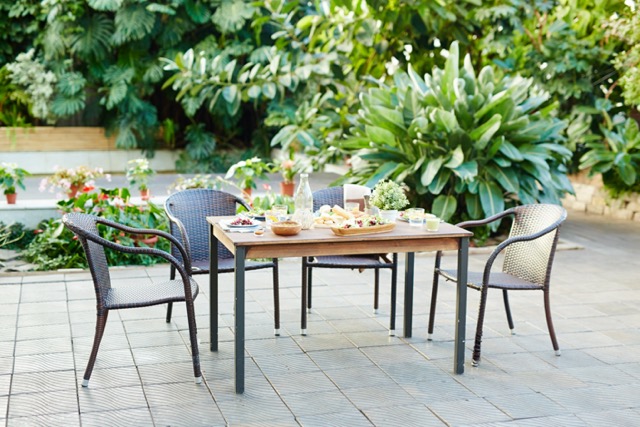
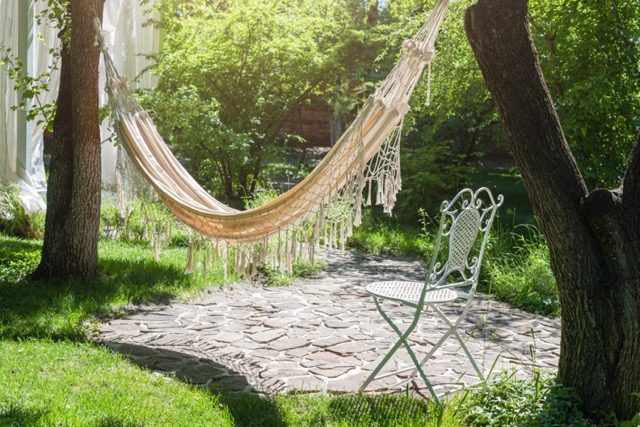
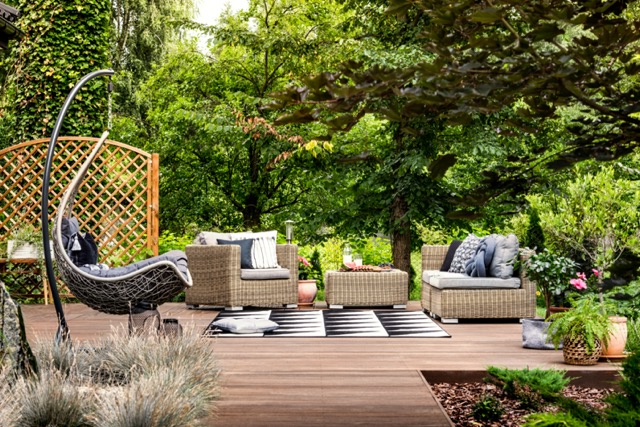
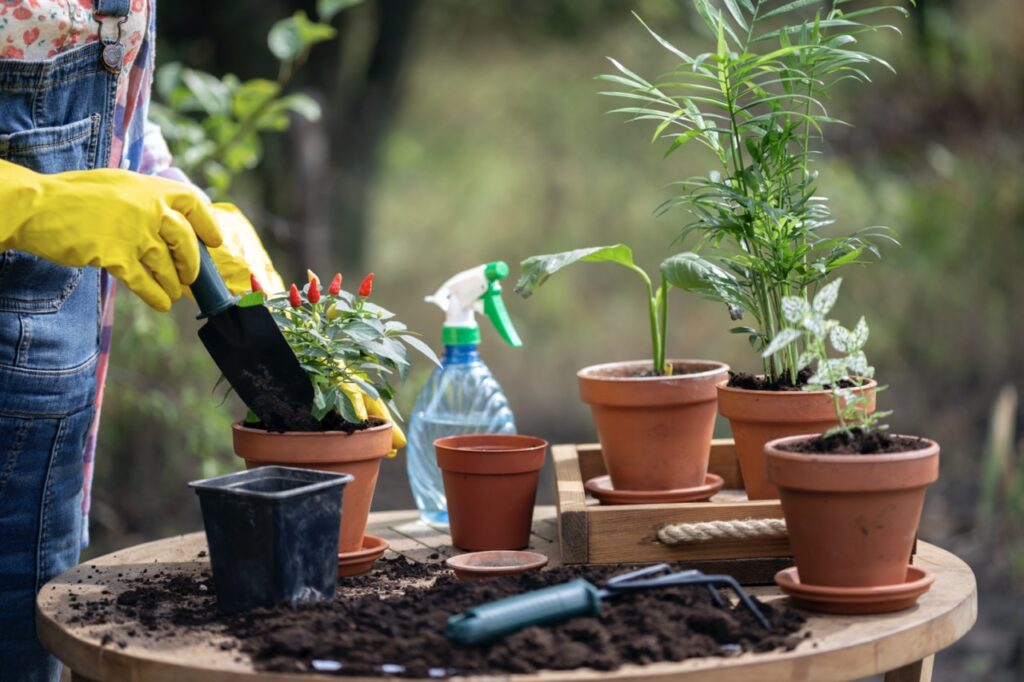
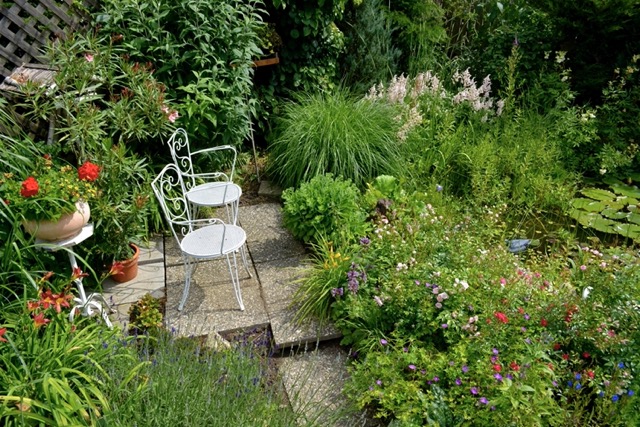
Recycled and Reclaimed Materials in Gardens
This landscaping trend is all about using recycled and reclaimed materials in gardens. This trend reflects the growing eco-consciousness of gardeners who want to reduce their environmental impact and create unique and sustainable outdoor spaces. Recycled materials can be used for various purposes in your landscaping, such as wall gardens, lawn edging, water features, planter boxes, furniture and more.
Reclaimed materials can add character and charm to the garden, as well as save money and resources. Some examples of recycled and reclaimed materials that can be used in gardens are bricks, wood, metal, glass, plastic, tires, pallets and more. By using recycled and reclaimed materials in outdoor spaces can express their creativity, support local businesses, and contribute to a greener future.
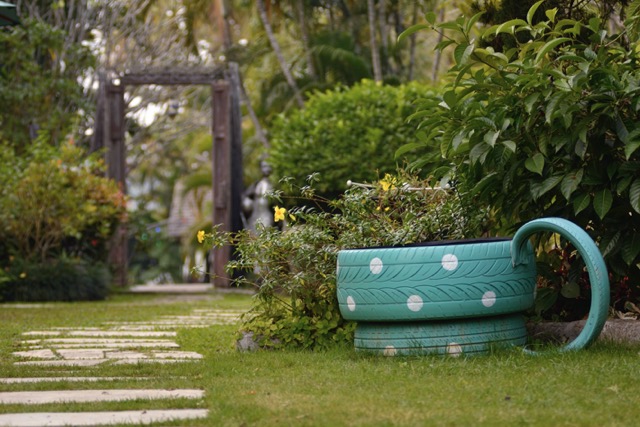
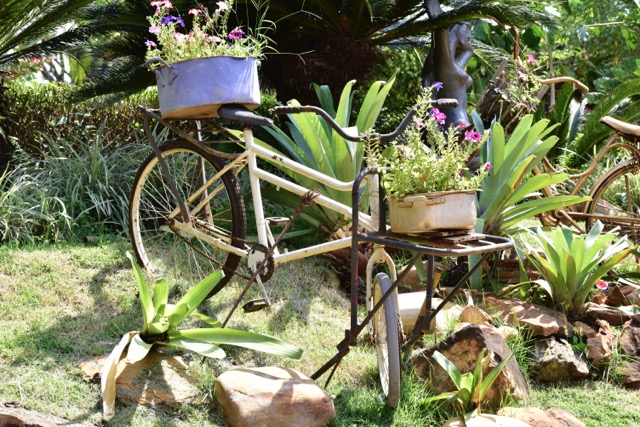
If you have questions or are ready to start any of these projects, contact Legit Landscapes to create customized outdoor spaces based on the landscaping trends featured in this blog.
